Nienke Hoogvliet's Sea Me furniture is made from woven seaweed
Dutch designer Nienke Hoogvliet used seaweed to create a furniture collection that highlights its possibilities as a material.
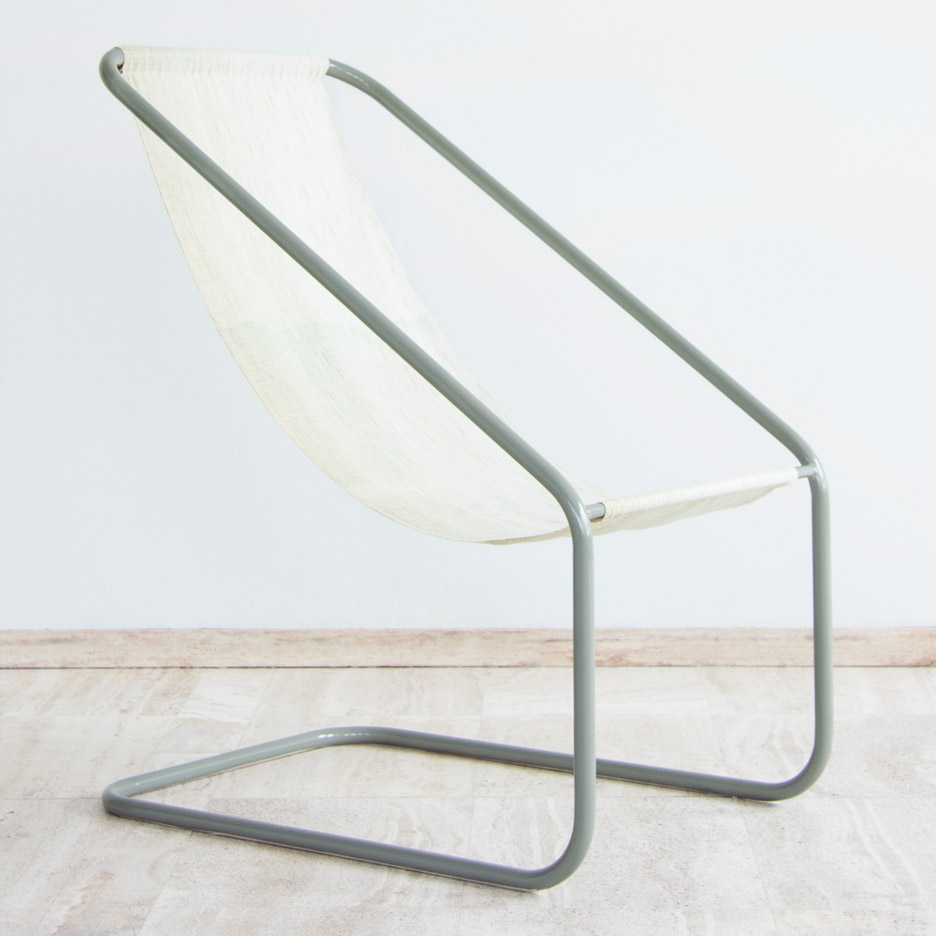
The Sea Me collection features a seat made from fabric that has been woven by hand using seaweed yarn, among other items dyed or finished with the algae.
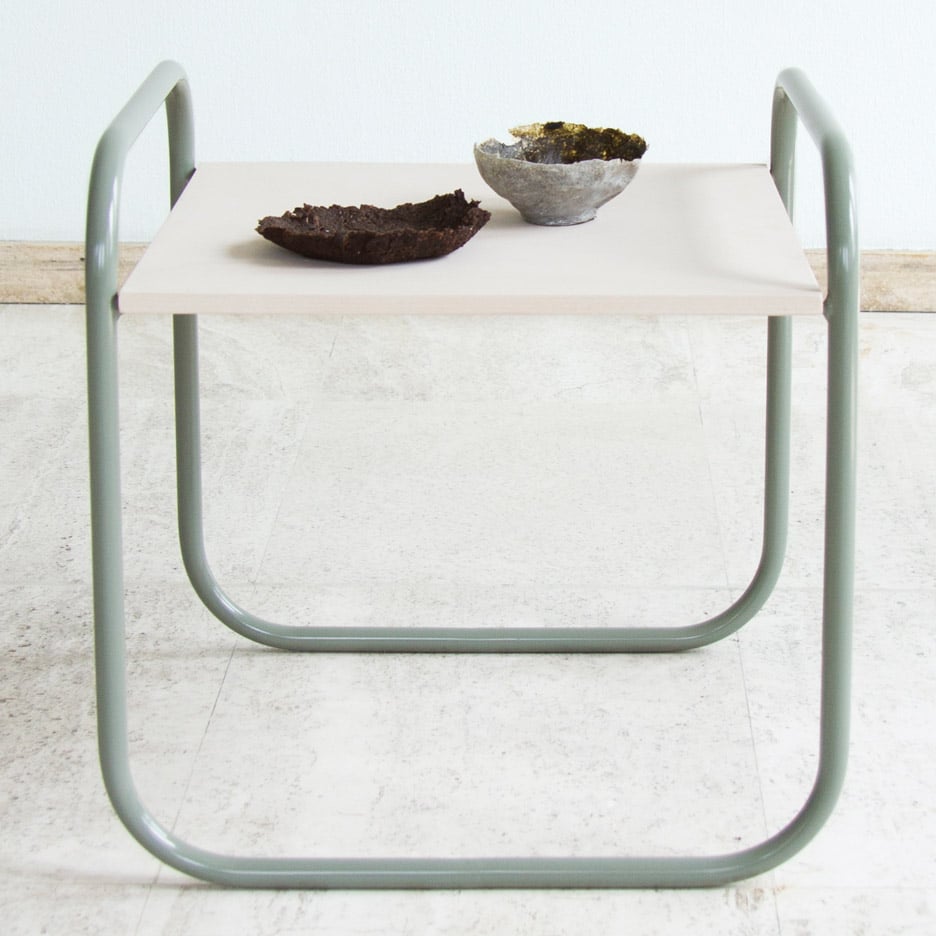
"I think in the future we could live in houses completely made of seaweed," the designer told Dezeen. "I wanted to show all the different materials that can be made of seaweed."
The fabric on her deck chair-like seat, which Hoovgliet has spent the last two years developing, is created using cellulose extracted from kelp.
It has similar properties to that of viscose – a compound used in synthetic textiles – but with much softer fibres.
Hoogvliet also used seaweed to dye the fabric, with different types creating different colours.
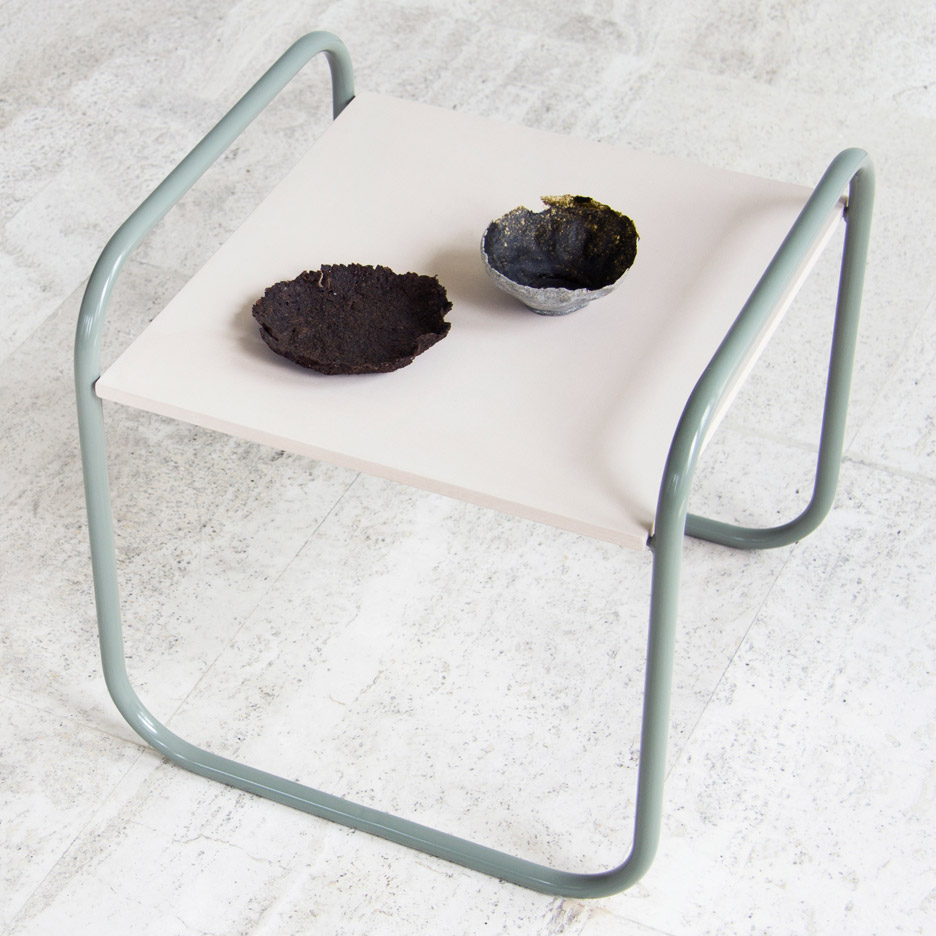
The collection also includes a side table with a wooden top, which has been finished using paint made from bladderwrack – another common seaweed found in the Netherlands.
The chair and table are supported by a simple, bent tubular steel framework in a soft grey-green.
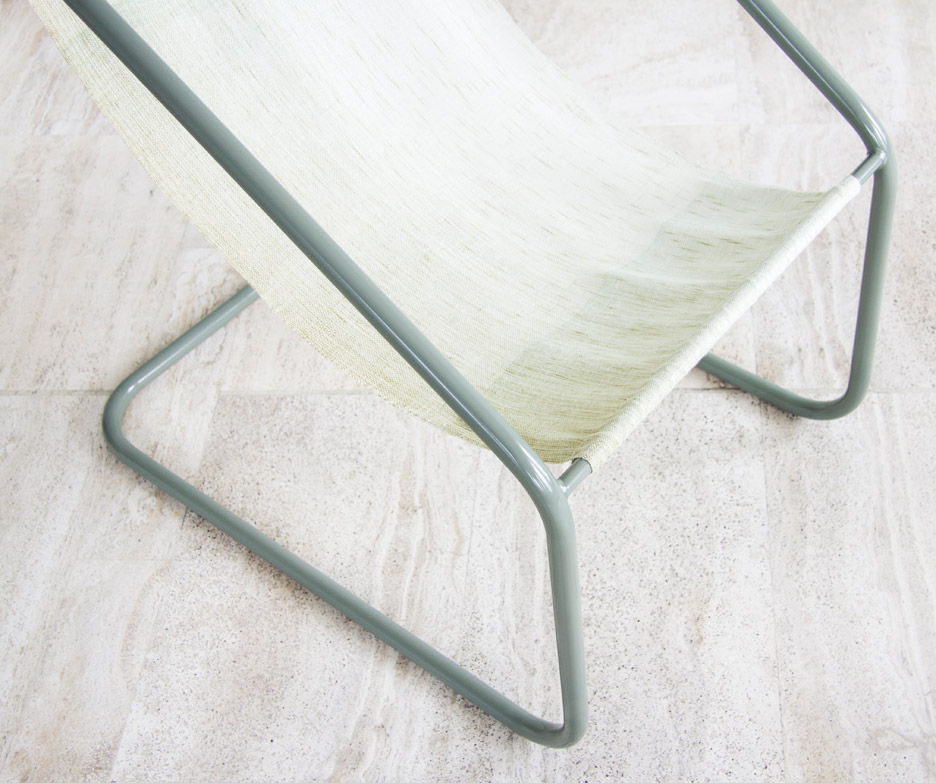
Hoogvliet used the leftover materials from furniture production to create a pair of bioplastic bowls made from 100 per cent seaweed.
"In a circular process you have so many possibilities for materials and dyes," said the designer.
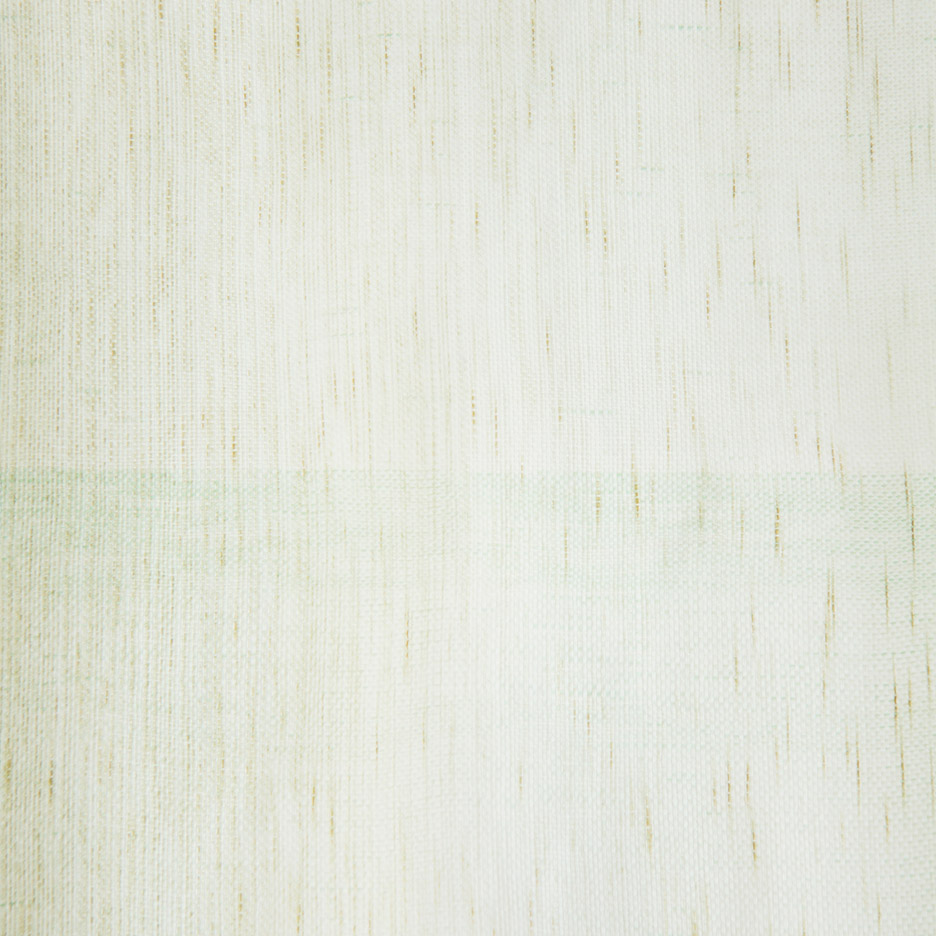
Hoogvliet first experimented with algae yarn in a rug which featured strands of kelp that had been wrapped and knotted around a fishing net.
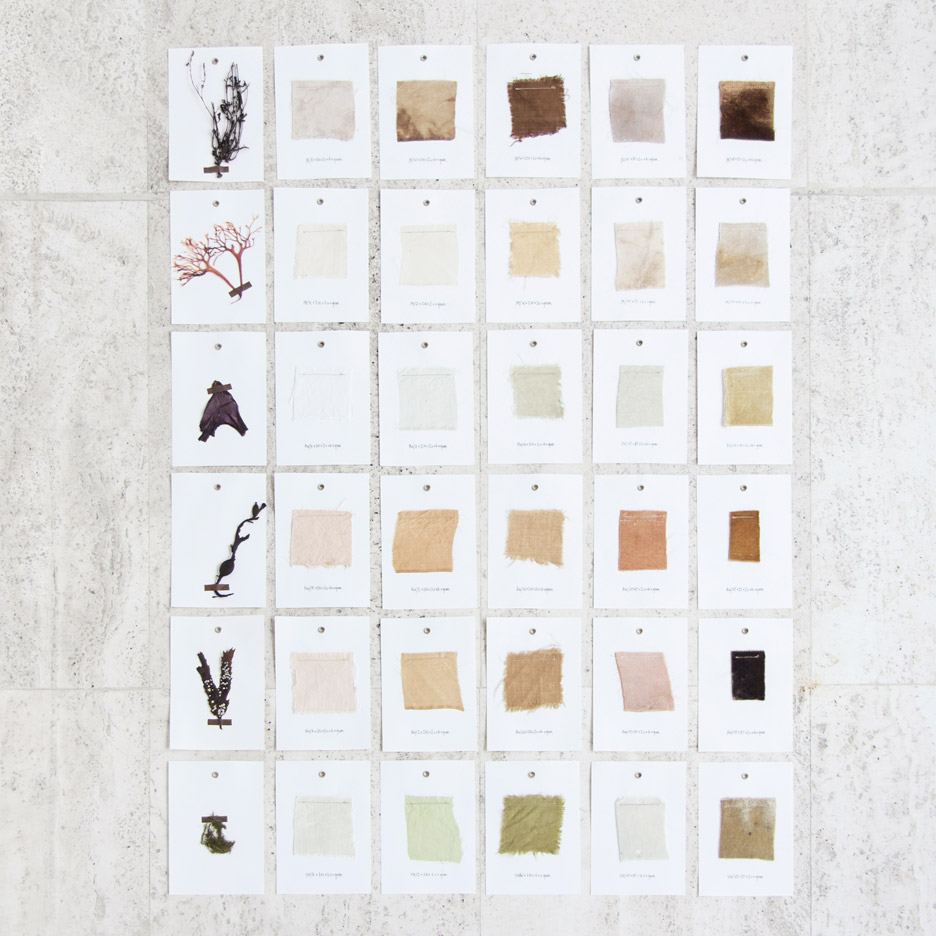
The designer's seaweed-house prediction has been put to the test by architecture studio Vandkunsten, which stuffed seaweed into netted bags and used it as cladding for a timber-framed holiday home on a Danish island.
It's also been used in lamps, silverware and as part of a conceptual transport system.